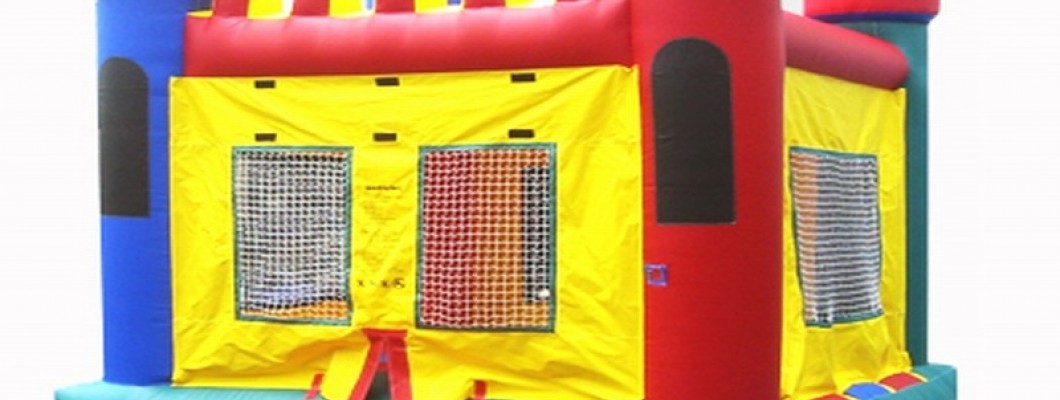
Jumping castles provide fun and entertainment for children at various events, whether indoors or outdoors. However, the installation procedures for these inflatables can differ significantly based on their location. Understanding these differences is crucial for ensuring a safe and enjoyable experience. This article explores the key distinctions between installing indoor and outdoor jumping castles.
1. Space and Environment
The first major difference between indoor and outdoor installations lies in the available space and environmental factors:
- Indoor Installations: Indoor spaces often have height restrictions due to ceilings, light fixtures, and other overhead obstructions. It's essential to measure the area and ensure there's adequate space not only for the jumping castle itself but also for safe entry and exit.
- Outdoor Installations: Outdoor spaces generally offer more freedom in terms of size and height. However, installers must consider the ground surface (grass, concrete, etc.), potential hazards (trees, fences), and weather conditions that could affect stability.
2. Anchoring Techniques
The method of anchoring the jumping castle varies significantly between indoor and outdoor settings:
- Indoor Installations: Indoor jumping castles can often be secured using weights or sandbags, as wind is usually not a concern. The focus should be on preventing movement within the space.
- Outdoor Installations: Outdoor jumping castles require robust anchoring techniques, such as stakes driven into the ground or additional sandbags, to ensure they remain stable and safe against wind and other environmental factors.
3. Safety Measures
Safety precautions must be tailored to the specific installation environment:
- Indoor Installations: Supervision is critical, especially with limited space. Ensure that children are monitored to prevent overcrowding and collisions with walls or furniture.
- Outdoor Installations: Weather conditions must be closely monitored. Additionally, it's important to ensure that the area is free from debris, sharp objects, and any other potential hazards.

4. Setup Time and Logistics
The logistics of setting up a jumping castle can differ based on location:
- Indoor Installations: Accessing indoor spaces may involve navigating through narrow hallways or doorways, which can add time to the setup process. However, once inside, the setup may be quicker due to fewer environmental variables.
- Outdoor Installations: Outdoor setups may take longer due to the need for securing the inflatable against wind and other elements. However, access to the installation site may be easier, depending on the venue.
5. Conclusion
In conclusion, there are indeed different installation procedures for indoor and outdoor jumping castles. By understanding the unique requirements and challenges of each environment, you can ensure a safe and enjoyable experience for all users. Always consult with professionals or rental companies for specific guidelines tailored to your installation needs!


1 Comment(s)
Tôi rất thích các trò chơi live casino của FB88, họ mang lại cảm giác như đang chơi trực tiếp tại casino.
FB88 cung cấp rất nhiều lựa chọn cá cược thể thao, đáp ứng mọi nhu cầu của người chơi.
Các sự kiện trên FB88 luôn thú vị, họ luôn có những hoạt động mới để người chơi tham gia.
Leave a Comment